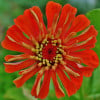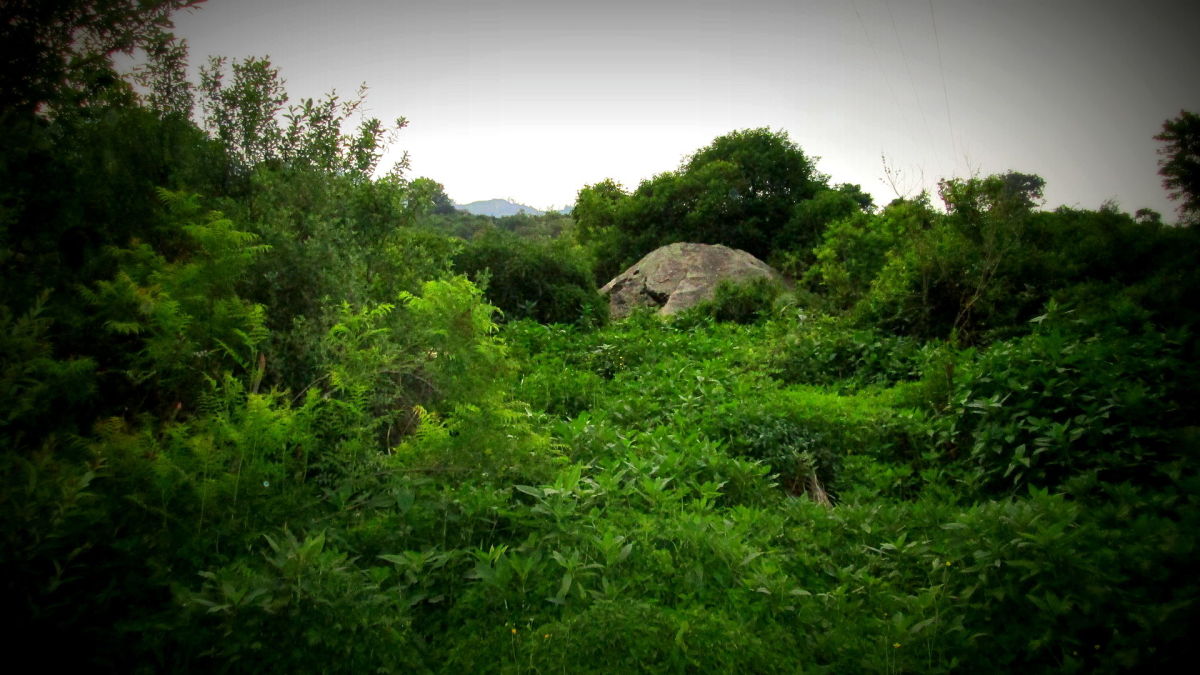Eco-Friendly Christmas Tree Disposal
Over the holidays, you enjoyed the look and smell of a live Christmas tree in your home, but now the new year has begun, and your tree is dropping needles fast.
How can you dispose of it responsibly? In a variety of ways, from communal mulching to providing winter shelter for birds.
Christmas Tree Collection and Disposal Services
Disposing of your Christmas tree in an eco-friendly manner doesn't have to be difficult. In fact, the easiest way to get rid of your tree in an earth-friendly way— recycling it— isn't much different from setting it out with the garbage.
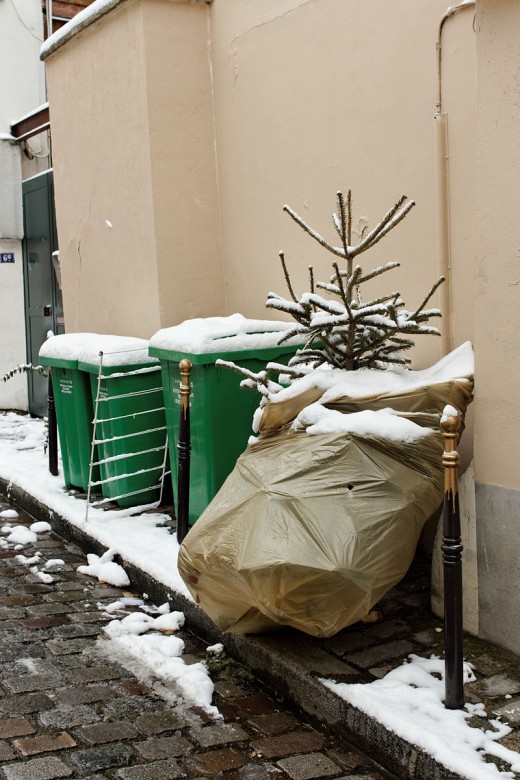
Most major cities offer either Christmas tree collection services or disposal services.To participate, you must first strip your tree of its stand as well as all ornaments and decorations. Then either set the tree curbside on designated pickup days or take it to a disposal area nearby. The collected trees will be turned into mulch.
Mulchfest NYC
New York City offers both Christmas tree collection and disposal services. As in other cities, trees are collected curbside free of charge for a specified number of days. (In 2017, they will be collected from January 3 through January 14.)
New York City's annual Mulchfest occurs in January too. In 2017, Mulchfest falls on the 7th and 8th. On those dates, New Yorkers can take their old Christmas trees to selected parks throughout the city for mulching. They can even take some mulch home with them in biodegradable bags.
Recycling Near You
To have your tree recycled into mulch, google the free pickup and disposal services available in your area. Unless your home is very remote, services are probably available nearby.
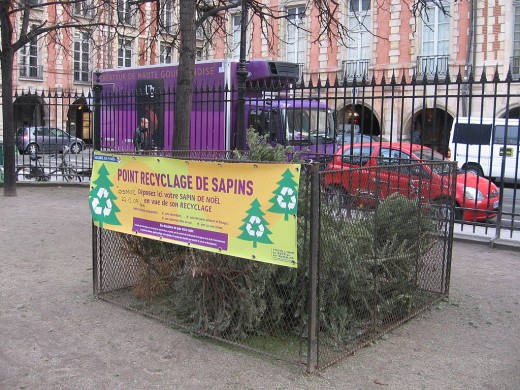
Mulch
If you own a wood chipper, you can make fine-textured mulch at home from your Christmas tree. But even if you don't own a chipper, you can make mulch. Just saw, chop and snip the tree into small pieces, and add them to garden beds and walkways throughout your landscape.
Pine mulch is great for plants that grow best in acidic soil, such as camellias, rhododendrons, blueberries and azaleas.
Be sure to strip the tree of all lights and decorations before you get started, of course. And, if using a chipper, follow the manufacturer's safety and operating instructions.
- How To Change Your Soil's pH | Horticulture and Home Pest News
Have you ever tried to grow blueberries or azaleas only to have them turn yellow, then brown and eventually die? If you have, chances are you planted them in an alkaline soil.
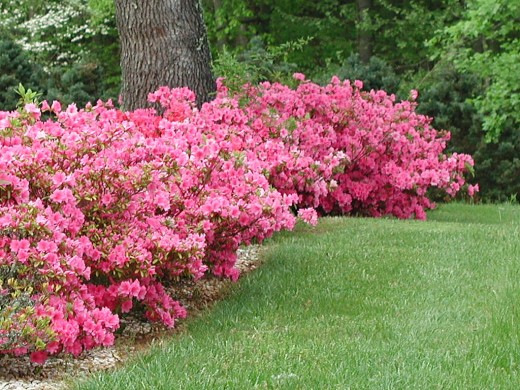
Bird Cover
To survive the winter months, birds need places to roost, to hide from predators and to find protection from cold winds.
Branches cut from Christmas trees can provide these much-needed places.
Simply place cut branches around shrubs or over wood piles near feeding stations and water sources. Or stack them in areas adjacent to bird feeders and baths.
Songbirds and other birds that overwinter in your yard will thank you!
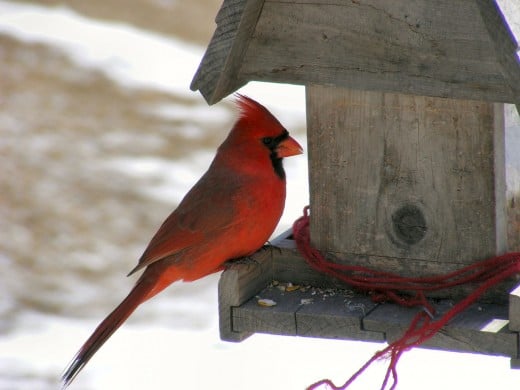
- Providing Habitat for Birds
Tips for providing food, water and shelter for birds year round from the WV Department of Natural Resources.
Compost
Like any other organic matter, Christmas trees can be composted.
A thin layer of pine branches is a great base for a compost pile. Layers of branches can also be added to a compost bin, although you may have to cut them to fit.
Don't make layers too thick— just four inches or so. Over time, they'll break down, and they'll help keep your bin aerated.
What to do with the trunk? Run it through a chipper or chop it up to make mulch. Left intact, the trunk could also be arranged artistically in your bed, as you would a log or piece of driftwood.
- What happens to your old Christmas tree may surprise you
What happens to the millions of dried-out Christmas trees removed from Southern California homes and offices may surprise you-- in a good way!
Fish Habitats
Old Christmas trees can also be weighted and sunk in ponds and lakes to provide fish habitats.
Housing developments that have communal fishing ponds sometimes collect old trees from residents for this purpose.
Also, state departments of game and wildlife, such as those in Arkansas and Kentucky, collect Christmas trees on a grand scale for sinking in state park lakes and ponds.
Private landowners, of course, can sink trees in fishing holes on their property as well, as outlined in the instructional video below.
What's plans do you have for your Christmas tree?
Trees can also be used in wetlands to preserve the habitat for wildlife.
In Louisiana, the annual Christmas tree drop helps preserve New Orleans' Bayou Sauvage, a wetland that is not only a wildlife refuge, but also an important stop for migratory birds.
Each year the Louisiana Army National Guard in cooperation with other agencies, including the U.S. Fish and Wildlife Service, drops hundreds and hundreds of Christmas trees to create wave breaks that slow erosion, trap sediment and form a home for marshland grass.
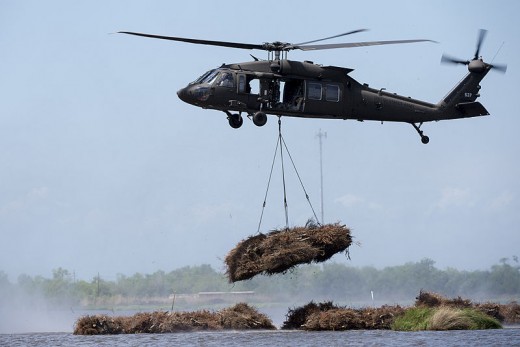
How Will You Dispose of Your Tree?
There are so many ways to dispose of Christmas trees in a responsible manner. Please share yours below.
This content is accurate and true to the best of the author’s knowledge and is not meant to substitute for formal and individualized advice from a qualified professional.
© 2017 Jill Spencer
